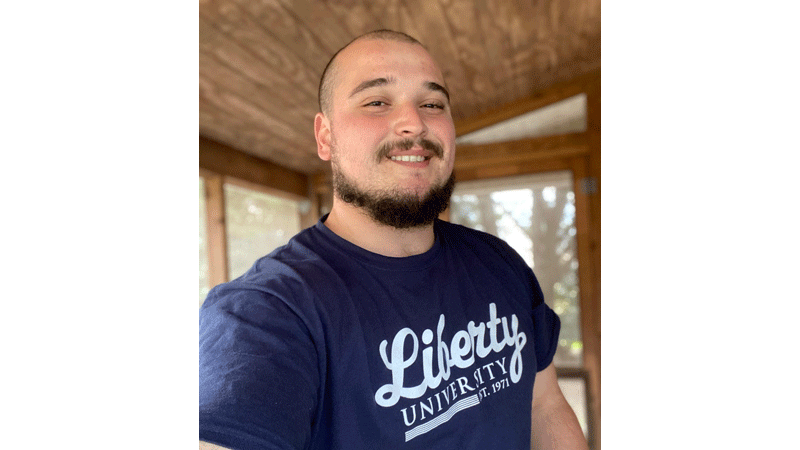Community colleges serve nearly half of all undergraduates
Published 9:49 am Saturday, November 13, 2010
by Patsy Joyner
Paul D. Camp Community College is proud to be a part of the Virginia’s Community College System and sister community colleges nationwide that are providing critical services for our citizens.
The following is information on community colleges across America, derived from data available as of December 2009 on the website for the American Association of Community Colleges.
America’s Community Colleges
Community colleges are a vital part of our postsecondary education delivery system. They serve almost half of all undergraduate students in the United States, providing open access to postsecondary education, preparing students for transfer to four-year institutions, providing workforce development and skills training, and offering noncredit programs ranging from English as a second language to skills retraining to community enrichment programs or cultural activities.
Since globalization is driving changes in our economy, the need for an educated workforce has never been greater. The majority of new jobs that will be created by 2014 will require some postsecondary education. And as a result of changing workforce demographics, employers increasingly rely on the very students who currently are least likely to complete their education.
Clearly, without community colleges (an American invention), millions of students and adult learners would be unable to access the education they need to be prepared for further education or the workplace. Community colleges often are the access point for education and a catalyst for economic development for the regions they serve.
Fast facts
* Of the 1,173 community college across the nation, 987 are public, 155 are independent and 31 are tribal. Of the total enrollment of 11.8 million students, 6.8 million are credit, 5 million are noncredit, 40 percent are full time and 60 percent are part time.
* The average age is 28, while 46 percent are 21 years of age or under, 40 percent are age 22 to 39 and 16 percent are older than 40. Other total enrollment statistics include 56 percent women, 44 percent men, 49 percent minorities, 14percent Black, 15 percent Hispanic, 7 percent Asian/Pacific Islander, 1 percent Native American, 2 percent more than one race, 42 percent first generation to attend college, 16 percent single parents and 7 percent non-US citizens.
* Community college students also constitute the following percentages of undergraduates: 43 percent of all U.S. undergraduates, 40 percent of first-time freshmen, 52 percent of Native Americans, 45 percent of Asian/Pacific Islanders, 45 percent of Blacks and 53 percent of Hispanics. In addition, 21 percent of full-time students are employed full time, 59 percent of full-time students are employed part time, 40 percent of part-time students are employed full time and 47 percent of part-time students are employed part time.
* The percentage of students receiving federal aid is 30 percent for Pell Grants, 9 percent for campus-based aid and 14 percent for academic competitiveness grants.
* The average annual tuition and fees at public community colleges is $2,544, compared to $7,020 for public four-year colleges.
* Degrees and certificates awarded annually include 605,267 associate degrees and 325,452 certificates. Baccalaureates are awarded by 31 public and 52 independent colleges.
More facts
According to AACC’s “Serving Communities/Strengthening the Nation” website presentation, American community colleges are at the forefront in the following areas:
* Health care—59 percent of new nurses and the majority of other new health-care workers are educated at community colleges.
* Teacher Education—Almost half of all teachers received at least part of their education at community colleges.
* Workforce training—95 percent of businesses and organizations that employ community college graduates recommend community college workforce education and training programs.
* International programs—Close to 100,000 international students attend community colleges, about 39 percent of all international undergraduate students in the United States.
* Homeland security—Close to 80 percent of firefighters, law enforcement officers, and emergency medical technicians are credentialed at community colleges.
* Online education—Students at 41 percent of public community colleges can earn a degree entirely online and 92 percent of all institutions offer at least one Internet-based course.
* Earnings —The average expected lifetime earnings for a graduate with an associate degree are $1.6 million, about $.4 million more than a high school graduate earns. For information on your community college, call 569-6700, or visit www.pdc.edu.
DR. PATSY JOYNER is Vice President for Institutional Advancement at Paul D. Camp Community College. She can be reached at PJoyner@pdc.edu.





